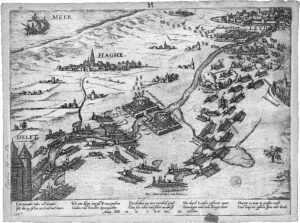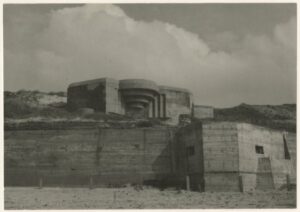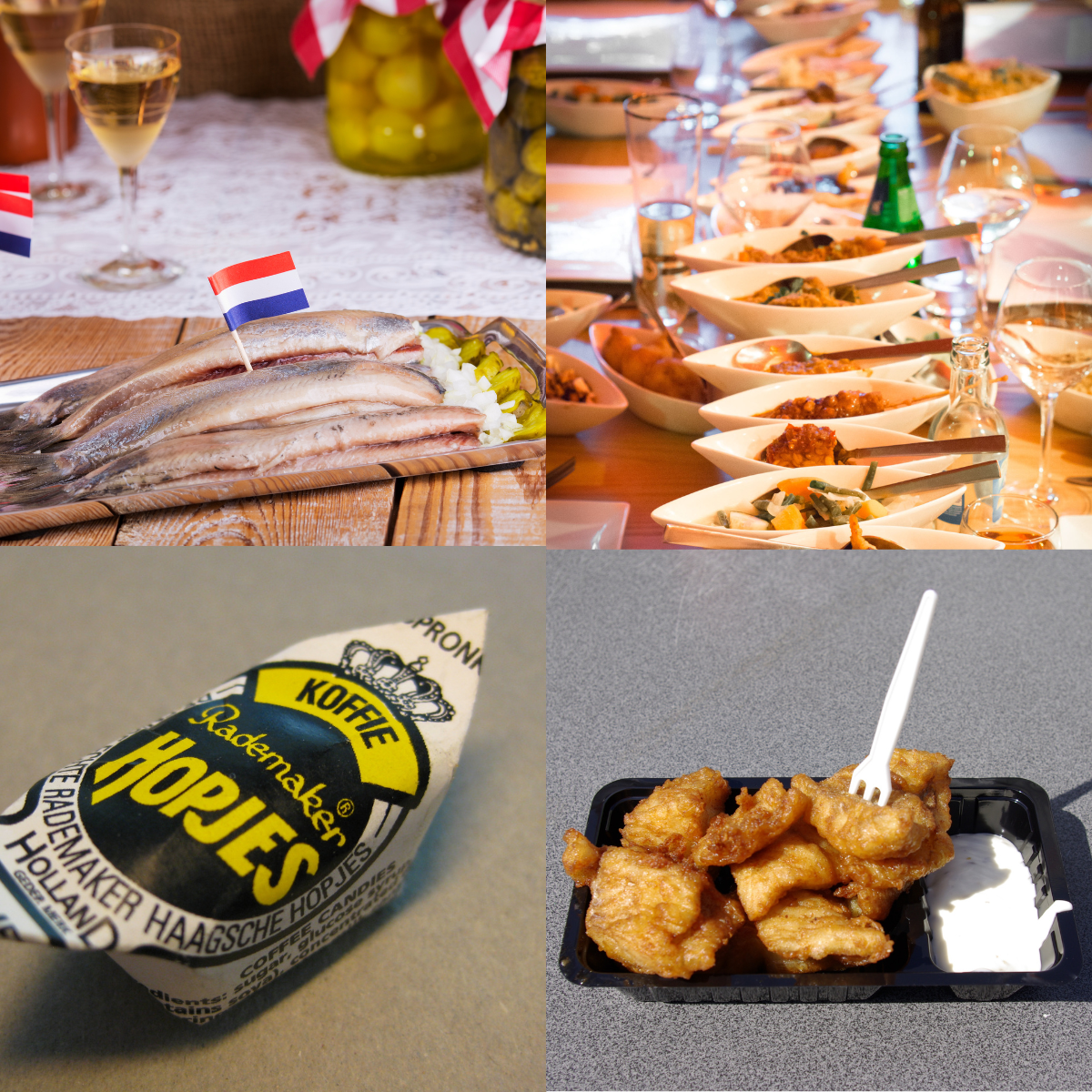Shop the Haagse Markt (and the antiques market on Lange Voorhout), then unwind at Scheveningen’s pier—or the quieter Zuiderstrand/Kijkduin—for wide sands, dunes, and sunset.
The Hague took shape in the 13th century around a hunting lodge of the Counts of Holland, “Die Haghe,” on the edge of dunes and peat. Without city rights or walls, it nevertheless grew into a seat of power beside the Hofvijver and the Binnenhof, which later became the political heart of the Dutch Republic and the Netherlands.
Door Frans Hogenberg – Biblioteca Nacional de Portugal
From the sixteenth century onward, the States General met here, and The Hague evolved into the country’s residence city. Today the government and ministries sit around the Binnenhof, the prime minister works in the Torentje, and the monarchy is visible at Noordeinde Palace (working palace) and Huis ten Bosch (royal residence). Culturally, the city shines in the Mauritshuis, home to masterpieces by Rembrandt and Vermeer, and in the legacy of the Hague School of painters.
The city also bears scars of war. During the Second World War, its coast was folded into the Atlantic Wall, districts were cleared, and on 3 March 1945 the mistaken bombing of Bezuidenhout left deep wounds. In nearby Scheveningen, the prison became known as the Oranjehotel for the many resistance members held there.
Beach with bunker, part of the Atlantic Wall. (Collection of the Municipal Archives of The Hague)
Today, The Hague is the world’s legal conscience. The Peace Palace houses the International Court of Justice and the Permanent Court of Arbitration, and the International Criminal Court, Europol, and the OPCW underline its global role. It is a city of contrasts, court city and seaside resort, diplomacy and dunes, where layers of history reward those who look closely.
With Roods, you do not just see the surface; you uncover these hidden stories and explore The Hague in your own way, guided by the voices of its past.




